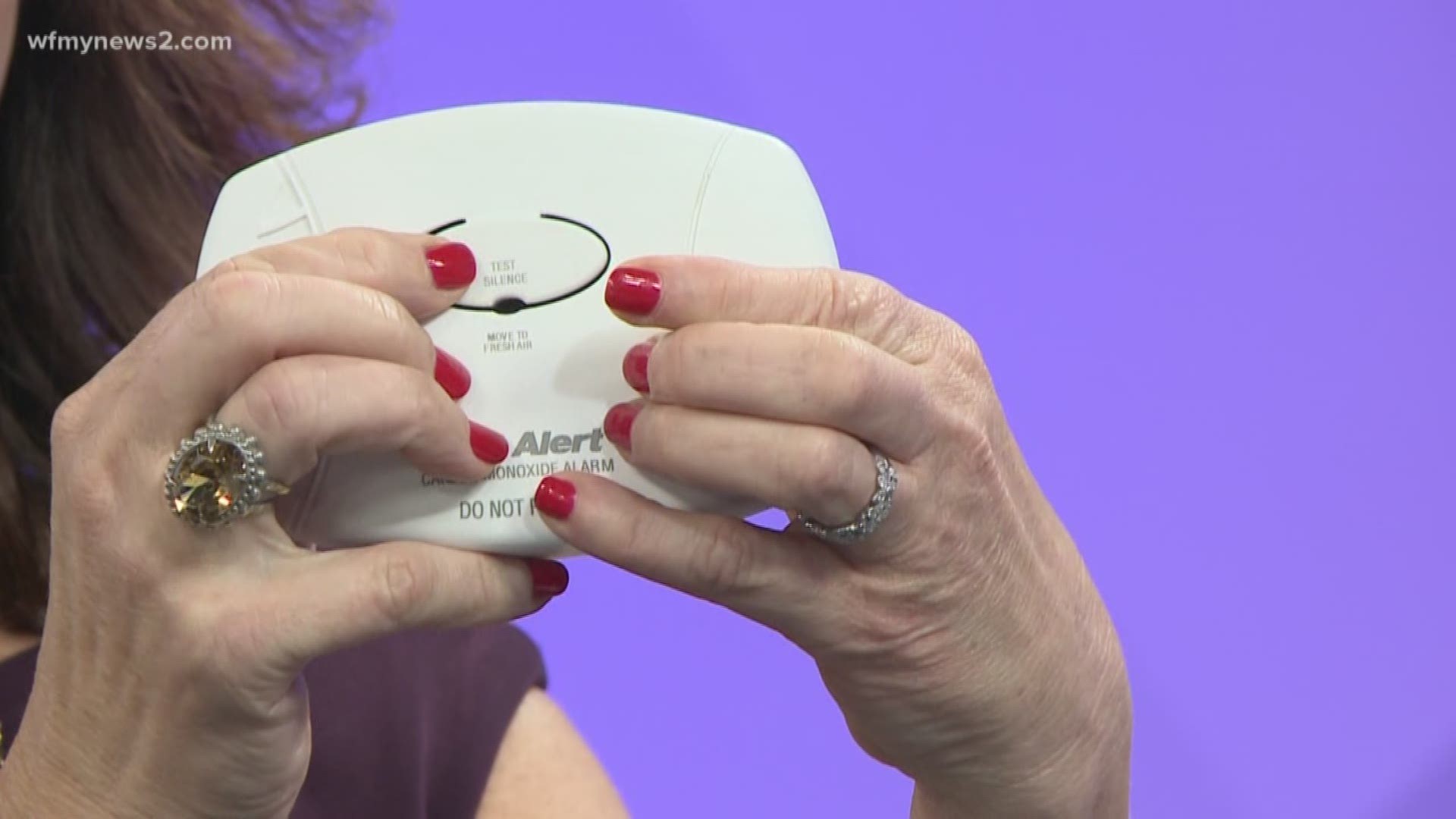NASHVILLE, Tenn. — Between 2014 and 2018, 129 Tennesseans died in accidents involving carbon monoxide poisoning.
Wednesday is Carbon Monoxide Awareness Day. This week, Tennessee officials shared safety information about the gas, which is often called "the silent killer."
Carbon monoxide is an odorless, colorless gas created when natural fuels don't burn completely. Household heating and cooking equipment that burns fuel, like barbecues, fireplaces, and fuel-powered heaters, are potential sources of the gas.
Tennessee Health Commissioner Lisa Piercey said the gas is common when people heat their homes during storms and power outages. However, it can occur at any time.
“We worry about carbon monoxide poisoning in storms and bad weather, when people use portable generators during power outages. But it can also happen in beautiful weather when people are enjoying the outdoors if equipment isn’t used properly," Piercey said.
Piercey added that if you're using a generator, you should follow all of the manufacturer's directions to prevent carbon monoxide production.
Tennessee legislators designated Sept. 18 as Carbon Monoxide Awareness Day in honor of five people who died in 2011 from carbon monoxide poisoning in Clarksville. The five died at a children's charity fundraiser after carbon monoxide fumes from a generator seeped into their rented RV.
The RV's carbon monoxide detector, which could have warned them about the dangerous gas levels, was later discovered to have no batteries.
State Fire Marshal Carter Lawrence said it's important to learn about the risks before it gets cold outside.
“Before using a chimney or a generator this fall and winter, Tennesseans should educate themselves about the dangers of carbon monoxide and take steps today to prevent over-exposure in their homes," Lawrence said.
April 2015: Father, son, & nephew killed by carbon monoxide
The Tennessee State Fire Marshal’s Office shared the following tips for preventing carbon monoxide poisoning.
- Never use a gas generator inside your home, garage, carport basement, crawlspace or outside near a window, door or vent. A generator should only be used outdoors and at least 15 feet away from buildings. It is dangerous to use a gas or kerosene heater inside a home or other building.
- Never use a gas range or gas oven to heat your home. Do not use a gas or charcoal grill indoors, and do not burn charcoal in your fireplace.
- Do not run a vehicle or other fueled engine or motor indoors, even if garage doors are open.
- Do not use fuel-powered equipment in the garage.
- Have fuel-burning heating equipment and chimneys inspected by a professional every year before cold weather sets in.
- When using a fireplace, ensure the flue is open for adequate ventilation.
- Common symptoms of carbon monoxide poisoning include headache, dizziness, nausea, vomiting, shortness of breath and confusion. Many of these symptoms are like common colds or seasonal flu. Breathing high levels of carbon monoxide can cause loss of consciousness or even death.
- If carbon monoxide poisoning is suspected, turn off possible sources of the gas.
- Carbon monoxide detectors are important in protecting against CO poisoning and are widely available at home and hardware stores. Carbon monoxide detectors can provide an early warning before the gas reaches a dangerous level.
- CO alarms should be installed in a central location outside each sleeping area and on every level of the home or RV. For the best protection, interconnect all CO alarms so that when one sounds, they all sound. Choose an alarm that has the label of a recognized testing laboratory and always following the manufacturer’s instructions for installation.
- If the CO alarm sounds, immediately move to a fresh air location outdoors or by an open window or door. Make sure everyone inside the structure is accounted for. Call for help from a fresh air location and stay there until emergency personnel arrive.

